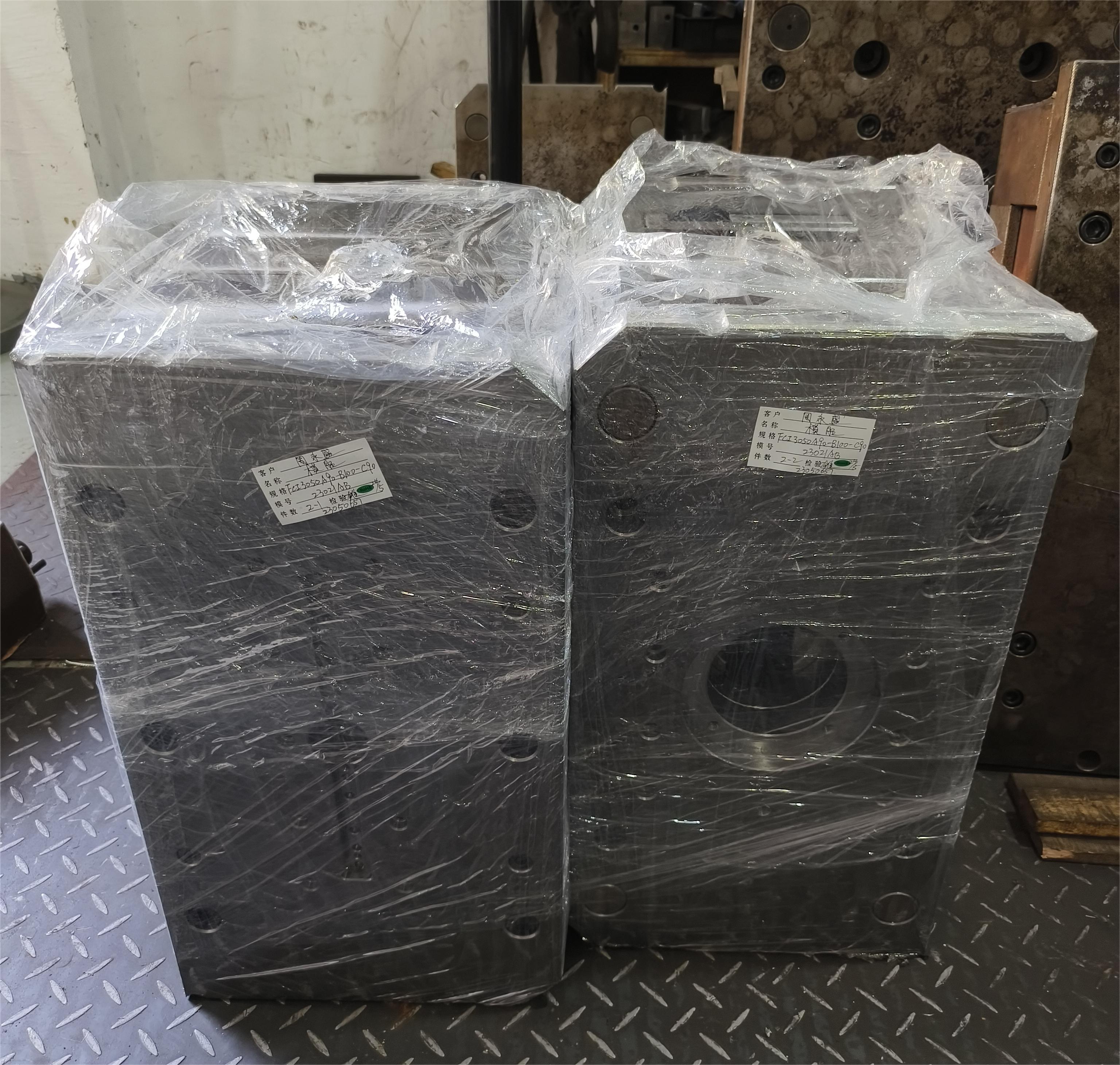Precision manufacturing plays a crucial role in a variety of industries, including automotive, aerospace, and electronics. In Russia, the demand for high-quality mold components is ever-increasing. This article will discuss the essential mold components required for precision manufacturing and how these components ensure the efficiency and quality of the manufacturing process.
Understanding Mold Design and Its Importance
At the core of any successful manufacturing activity is an effective mold design. This design dictates the geometry, processes, and materials used to create the final product. In precision manufacturing, the following mold components are essential:
- Mold Base: The mold base or platform provides structural support and is integral for aligning all other components.
- Mold Cavity: This is the hollow part of the mold that shapes the molten material into the desired form.
- Mold Core: This part is used to form the internal features of the product. A well-designed core minimizes defects in the final product.
Understanding the significance of these components ensures effective production cycles and reduces operational downtimes.
Material Selection for Mold Components
The selection of materials for mold components is critical in terms of durability, heat resistance, and manufacturing tolerances. Common materials used in Russia include:
- Steel: Widely used because of its strength and ability to withstand high temperatures. Variants like P20 and H13 are popular choices for their durability.
- Aluminium: This material is favored for low-cost mold components requiring quick turnaround times. Aluminum molds are lightweight and have good thermal conductivity.
- Special Alloys: For specific applications, custom alloys may be required to meet particular performance criteria, such as corrosion resistance or enhanced toughness.
Selecting the right materials is vital in ensuring that the molds endure the wear and tear of production operations while maintaining precision.
Critical Mold Components for Enhanced Precision
To achieve the highest levels of precision, specific mold components are paramount:
- Guide Pins and Bushings: These components ensure proper alignment of the mold halves, preventing misalignment and enhancing dimensional accuracy.
- Cooling Channels: Proper cooling systems are essential for controlling the temperature during the injection molding process. Efficient cooling prevents defects and improves cycle times.
- Ejector Systems: Ejectors help in the removal of the finished product from the mold cavity without causing any damage.
Integrating these critical components into a mold design significantly enhances precision and reduces the chances of defects associated with mold manufacturing.
Manufacturing Processes in Russia
In Russia, precision manufacturing processes vary across industries but commonly involve advanced technologies such as:
- Computer Numerical Control (CNC) Machining: This process allows for high levels of accuracy and repeatability in creating mold components.
- 3D Printing: Emerging as an advantageous technology, 3D printing facilitates rapid prototyping and the forging of complex designs quickly and efficiently.
- Injection Molding: Predominantly used in mass production, injection molding is effective at creating intricate components quickly and with minimal waste.
By leveraging these processes, manufacturers in Russia can optimize their production capabilities and yield higher quality results.
Conclusion
Precision in manufacturing is critically dependent on the quality of mold components. In Russia, a thorough understanding of essential mold components, material selection, and manufacturing processes will lead to better outcomes in production. **Investing in high-quality material and advanced manufacturing technologies is key** to achieving efficiency, reducing errors, and maintaining competitiveness in the global market.
FAQs
- What are the main challenges in mold manufacturing in Russia?
- The main challenges include high manufacturing costs, varying material quality, and the need for skilled labor to handle advanced technologies.
- How often should mold components be replaced?
- This depends on the usage and wear level, but regular inspections should be conducted to evaluate whether replacement is necessary.
- What industries primarily use precision molds?
- Industries such as automotive, aerospace, consumer electronics, and medical devices are some of the primary sectors relying on precision molds.

